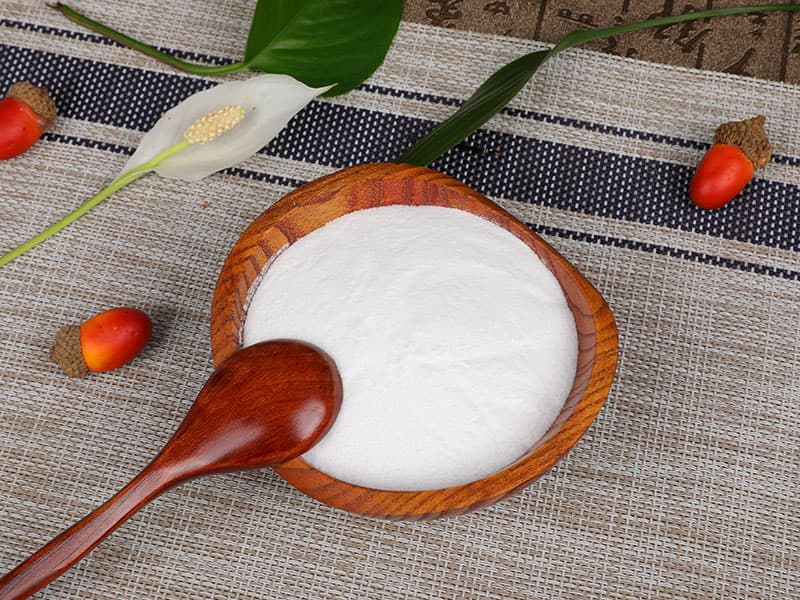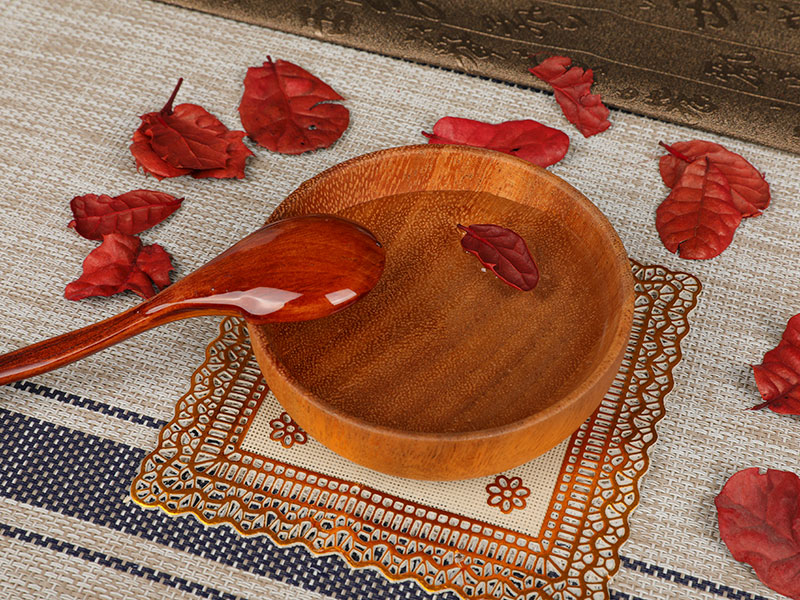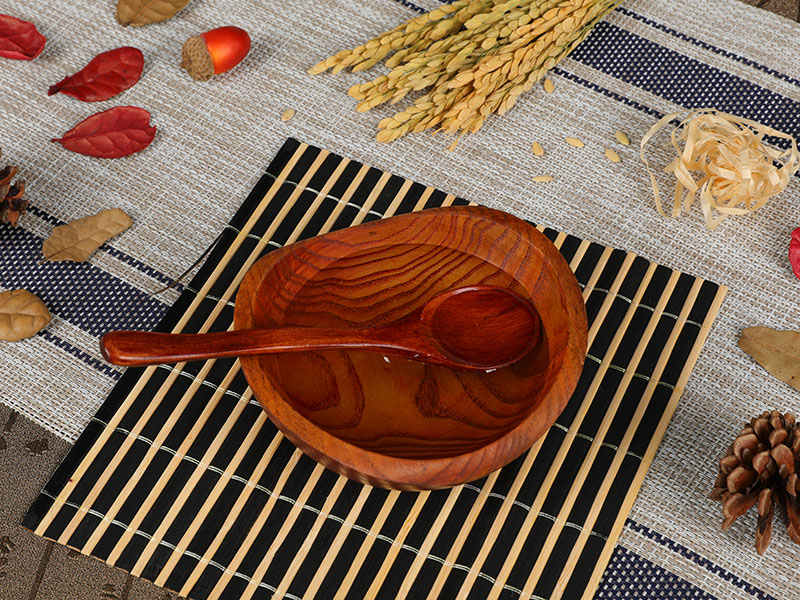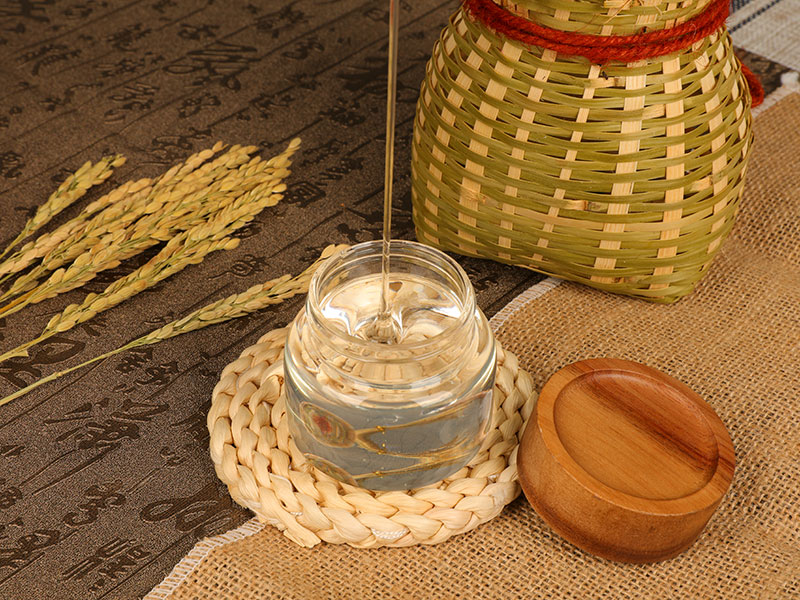In the realm of culinary arts and food manufacturing, glucose syrup stands as a versatile and indispensable ingredient, offering a wide range of applications and benefits. Derived from starch, particularly maize, wheat, or potatoes, glucose syrup plays a pivotal role in sweetening, texturizing, and preserving a variety of food products. Let’s delve into the fascinating world of glucose syrup and explore its diverse uses and contributions to the culinary and food manufacturing landscapes.
Glucose syrup, also known as corn syrup, is a viscous and sweet liquid derived from the hydrolysis of starch. This process breaks down the complex carbohydrates present in starch into simpler sugars, primarily glucose. The resulting syrup offers a sweetening agent that is not only sweeter than conventional sugar but also less prone to crystallization. As a result, glucose syrup is widely utilized in the production of confectionery, beverages, and baked goods, where it imparts sweetness and moisture while enhancing the texture and shelf life of the final products.
The versatility of glucose syrup extends beyond its role as a sweetening agent, positioning it as an essential component in food manufacturing. Thanks to its hygroscopic properties, glucose syrup is renowned for its ability to retain moisture and prevent sugar crystallization, making it a popular ingredient in the production of ice creams, frozen desserts, and sorbets. Moreover, in the realm of confectionery, glucose syrup serves as a key constituent in the creation of candies, caramels, and toffees, enhancing their texture, chewiness, and shelf stability.
In addition to its role in sweetening and texturizing food products, glucose syrup plays a pivotal role in the production of beverages and processed foods. Its high solubility and resistance to crystallization make it an ideal ingredient in the manufacturing of soft drinks, fruit juices, and flavored syrups, contributing to their sweetness and consistency. Furthermore, glucose syrup is utilized in the creation of processed foods, such as sauces, dressings, and baked goods, where it acts as a stabilizing and thickening agent, enhancing the overall mouthfeel and sensory appeal of the final products.
As a fundamental ingredient in the culinary and food manufacturing industries, glucose syrup plays a multifaceted role in sweetening, texturizing, and preserving a wide array of food products. Its ability to enhance sweetness, moisture retention, and texture makes it a versatile and essential component in the production of confectionery, beverages, and processed foods. By understanding the diverse uses and contributions of glucose syrup, food manufacturers and culinary enthusiasts can harness its unique properties to create an extensive range of delectable and high-quality food products.


 English
English 中文简体
中文简体





